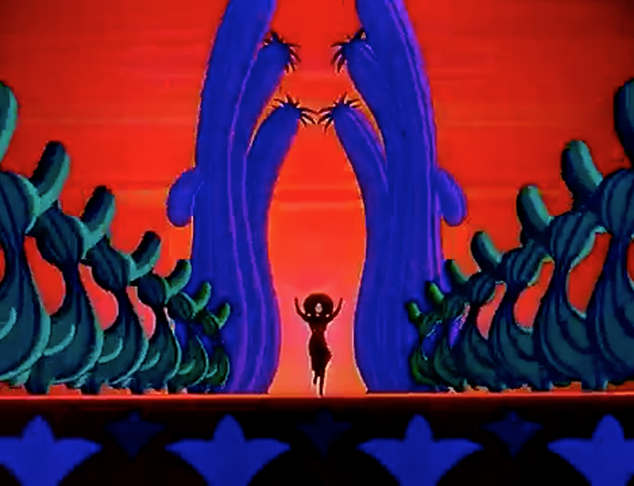


One cannot help but go with the mind to the futurist movement in Italy, with Filippo Tommaso Marinetti at its head.Įven though Satie was older than Duchamp, Duchamp’s work laid the ground for some of Satie’s work.
#CACTUS MUSIC SURREALISM HOW TO#
Klang ( Klang: “sound” in German), pushed the boundaries of music, performance and notation half-century before John Cage, setting the grounds for Cage’s experiments in indeterminacy. The second Erratum Musical (1913) makes use exclusively of numbers and letters, in place of the conventional music notation, with directives and instructions on how to execute the piece such as “the order of succession is interchangeable by whim” or the piece is “unfinishable”. Duchamp, who often went under the alias A. Speaking of silence, it cannot not come to mind John Cage’s most famous work: 4’33” (1954) can be easily bridged to Magritte’s Ceci n’est pas une Pipe (1926 ): both artists dived into the silence, reaching its core in a revolutionary way. Cage’s revolutionary approach to composition, and music in general, with no filters and preconceptions along with his ideas of indeterminacy, are concepts that we can find in the manifesto of surrealism of the 1920s: art coming from nowhere and from everywhere, consciously unfiltered, perhaps to the point of falling into the trap of setting its own boundaries where it did not want any.īy 1922 the Dada movement had self-destructed itself, but it had managed to attract quite a few musicians, the most prominent being Marcel Duchamp. It was not until 1946 that music regained its place in the world of surrealists, when the very same Breton published his essay “ Silence Is Golden” recognizing music as “independent of the social and moral obligations that limit spoken and written language”. A concise and atmospherical overall concept that takes the audience on a musical journey from singer-songwriters over spoken-word performers to electronica and ambitious multimedia projects.The fierce opposition to music by the French surrealists is therefore quite ironic: even more so if considering that it came from arch-surrealist André Breton, who believed that language had already outperformed the potentials of music. More Music! is a breath-taking experience on the intersection of -at first glance- differing musical worlds. With More Music!, Cactus Muziekcentrum and Concertgebouw Brugge have raised a new unusual coproduction since 2013. From tango and muzette, over salsa, brass bands and funk to hiphop, Brazilian beats or French touch. On several stages, the most diverse styles of dance music are hosted. Musical adventurers from every corner of the world gather in Bruges for two weeks to perform on stages throughout the historical city centre.Ĭactus muziekcentrum is also involved in Benenwerk, turning the city centre into a gigantic (free) ballroom for one night. For smaller events, we turn the venue into a cozy concert club with reduced capacity.Īt Cactusfestival, Cactus Muziekcentrum takes an unconventional approach to the vast global music scene, with the Minnewaterpark as a crossroads of the most diverse musical genres and cultures.Ĭactus Muziekcentrum also passes on its cosmopolitan mindset to Moods!, the summer festival in the city centre of Bruges. Once in a while, we divert to other locations, such as Biekorf or Ryelandtzaal.

#CACTUS MUSIC SURREALISM PROFESSIONAL#
Cactus Muziekcentrum VZW is a professional music centre that brings the diversity of the global music culture to attention: from rock, electronics and dub, over hiphop, roots and reggae.Ĭactus Club (Magdalenazaal/MaZ in Bruges) is the home venue where Cactus Muziekcentrum hosts the majority of its concerts.


 0 kommentar(er)
0 kommentar(er)
